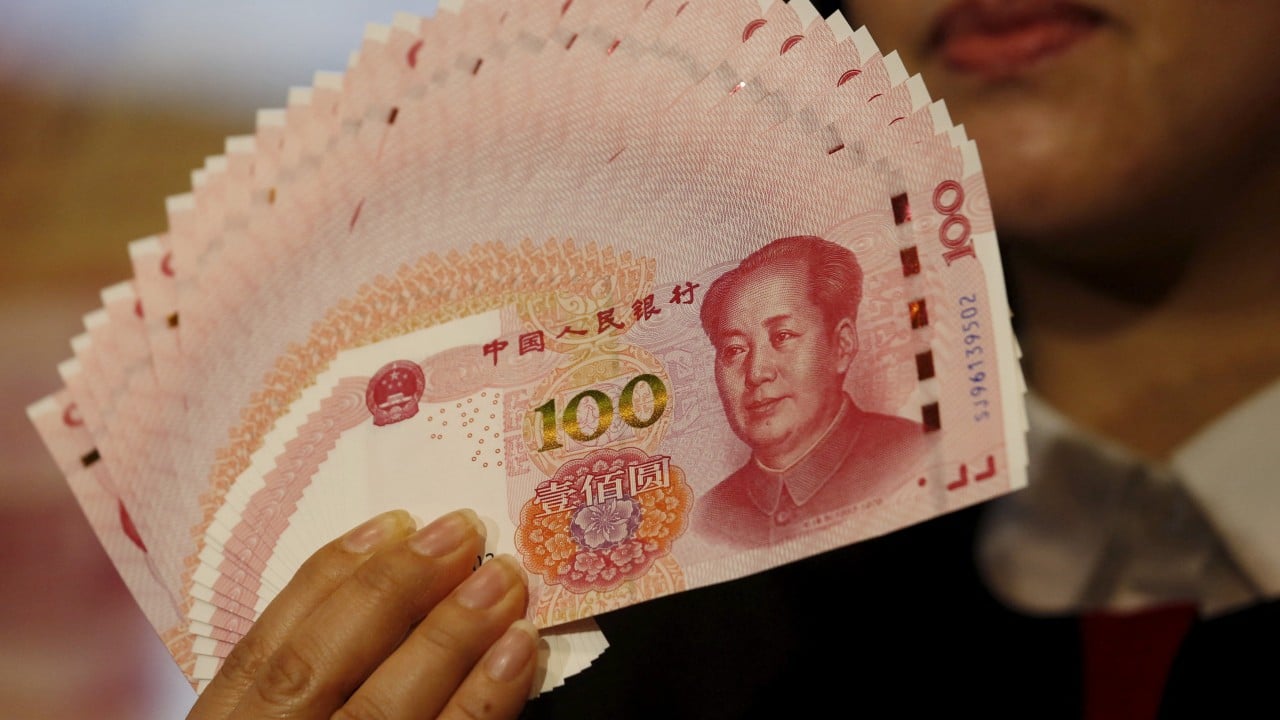The US’ “reciprocal tariffs” resemble an indiscriminate attack, hitting not only industrial nations like China and Japan but also highly agricultural economies like the Democratic Republic of Congo and Laos.
Advertisement
On April 4, China took the lead in retaliating by announcing 34 per cent tariffs. On April 10, the US raised tariffs on Chinese imports to 125 per cent, prompting China to match the US rate increase. Trump later clarified that the tariff rate on China was 145 per cent.
As the situation evolves, China must consider more effective countermeasures. Relying solely on reciprocal tariff increases on US goods isn’t a proactive strategy. The Trump administration’s repeated tariff hikes on China look more like emotional venting than rational calculation. China should not merely react but adopt a more strategic approach with a specific aim – requiring bilateral trade be settled in renminbi.
This would have the effect of significantly strengthening the renminbi’s exchange rate, thereby challenging the dominance of the US dollar. China’s strong manufacturing capabilities enable it to competitively produce cost-effective products, supporting a considerable trade volume with the US.
US-China trade is worth hundreds of billions of US dollars. The mandatory use of the renminbi to settle bilateral trade will force the US to buy Chinese currency on a large scale, thereby significantly increasing the renminbi’s use and demand while pushing up the exchange rate against the US dollar.
Advertisement
Given the impact Trump’s tariff policy could have on the world economy, international capital would have to reassess the risks of operating in the US. A rapid appreciation in the renminbi would signal to hesitant global investors that China’s economic fundamentals are strong, encouraging them to increase their holdings of renminbi assets. This could increase capital inflows to China and outflows from the US.

